
US Corporate Law Paid-In or Subscribed Capital?
American Company Law Paid-in Capital or Subscribed Capital?
In the United States, the distinction between paid-in capital and subscribed capital is an essential aspect of corporate law. These terms reflect different approaches to how companies raise funds and manage their financial resources. Paid-in capital refers to the money that shareholders have actually paid to the company in exchange for shares. On the other hand, subscribed capital represents the total amount shareholders have agreed to pay for their shares, even if they haven't fully paid it yet.

The choice between these two funding models can significantly impact a company's operations and its ability to attract investors. For instance, a company with substantial subscribed capital but limited paid-in capital may appear financially strong on paper but could face cash flow challenges. Conversely, a company with high paid-in capital might enjoy greater financial stability but could struggle to expand if it lacks additional capital commitments from shareholders.
Recent news has highlighted the importance of understanding these distinctions. A report from Bloomberg noted that many startups in Silicon Valley prefer to rely on subscribed capital agreements. This approach allows them to secure initial investments without immediately needing to convert those promises into actual cash. This strategy can be particularly beneficial during the early stages when businesses need time to develop their products and establish market presence.
However, this reliance on subscribed capital also carries risks. If investors fail to fulfill their commitments, companies may find themselves short of necessary funds. This scenario was illustrated in a case study published by Harvard Business Review, where a promising tech startup encountered difficulties due to delayed payments from its largest investor. The situation forced the company to delay product launches and cut operational costs, ultimately affecting its growth trajectory.
For established firms, the decision often leans towards maintaining higher levels of paid-in capital. According to data from the Wall Street Journal, large corporations typically prioritize paid-in capital because it provides immediate liquidity and enhances credibility among creditors and partners. Companies like General Electric and Johnson & Johnson have maintained robust paid-in capital structures, enabling them to weather economic downturns and pursue strategic acquisitions.
Moreover, the regulatory environment plays a crucial role in shaping these decisions. The Securities and Exchange Commission SEC mandates transparency regarding both paid-in and subscribed capital. This ensures that investors receive accurate information about a company’s financial health. As per SEC guidelines, companies must disclose details about outstanding subscriptions, any restrictions on converting these into paid-in capital, and the timeline for fulfilling these obligations.
Another critical factor influencing these choices is tax implications. Paid-in capital is generally subject to different tax treatments compared to subscribed capital. The Internal Revenue Service IRS considers paid-in capital as part of a company’s taxable income once it is received. Therefore, companies may strategically plan their capital structure to optimize tax liabilities. This aspect was discussed in a recent article in Forbes, which explored how multinational corporations leverage differences in jurisdictional tax laws to maximize their retained earnings.
From an investor perspective, the balance between paid-in and subscribed capital affects risk assessment. Investors often look at the ratio of paid-in capital to total subscribed capital as an indicator of a company’s reliability. A high ratio suggests, while a low ratio might raise concerns about potential shortfalls. This principle was emphasized in a guide published by Morningstar, which advises retail investors to scrutinize these figures before committing to new ventures.
In conclusion, whether to adopt a model based on paid-in capital or subscribed capital depends on various factors including business stage, industry dynamics, and regulatory requirements. While subscribed capital offers flexibility and potential for rapid scaling, it demands careful management to prevent cash flow disruptions. Meanwhile, paid-in capital provides tangible benefits such as enhanced financial stability and better access to credit facilities. Ultimately, successful companies navigate these complexities by aligning their capital strategies with long-term goals and market conditions.
Still have questions after reading? More than 98,000 users have contacted us. Please fill in the following information to obtain business information.

Service Scope
MoreRecommended for You
- Why Choose Delaware for Company Registration? A Concise Guide to Benefits and Process
- Step-by-Step Guide to Rapidly Register a US Company in Wuhu
- Why Choose Colorado for Business Registration? Uncovering Its Unique Advantages and Opportunities
- Guide to Registering a Company in Nevada, USA Detailed Process Requirements
- Detailed Process and Key Considerations for Registering a Company in the U.S. - Must-Know Tips!
- A Quick Guide to Registering a U.S. Company in Ningbo Process Analysis and Key Considerations
- U.S. Company Registration Guide A Must-Read for B-Visa Holders
- How to Obtain a Business License After Registering a Company in the U.S.? Here's the Ultimate Guide!
- Comprehensive Guide to Registering a US Company in Nanchang Key Steps Details You Need to Know
- Singapore Company Annual Review How to Keep Your Business Compliant and Vibrant
- U.S. Company Registration Requirements Explained Key Elements Covered!
- Xian Friends, Wonder How Long It Takes to Register a US Company? Here's the Answer!
- Comprehensive Services for US Company Registration Do You Know Them?
- US Company Registration Number Do You Really Know Its Purpose and Application Methods?
- Key Things Mainland Chinese Should Know When Registering a Company in the U.S.-Check It Out!
- Multiple Benefits of Registering a U.S. Company The Key to Boosting Your Business Takeoff
- Efficient Maintenance of CA-Registered Companies Master These Ops Tips
- How Long Does It Take to Register a US Company? Unveiling the Swift and Efficient Application Process
- Full Analysis of U.S. Company Annual Review Process and Fees Are You Ready?
- How SZ Enterprises Can Successfully Register a U.S. Company A Comprehensive Analysis and Professional Recommendations!


 ONE
ONE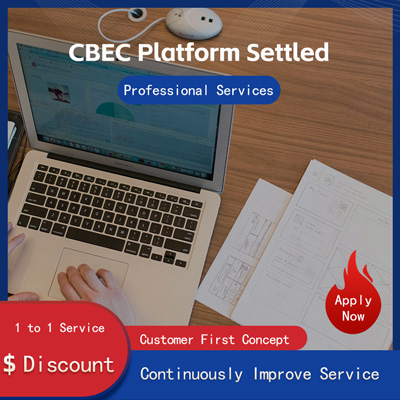
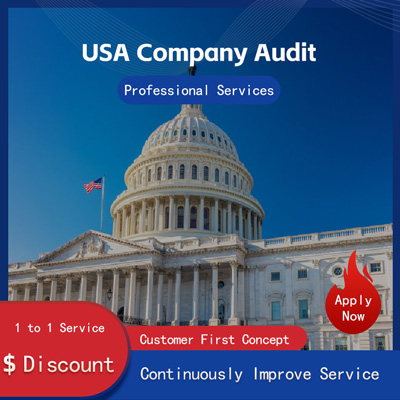
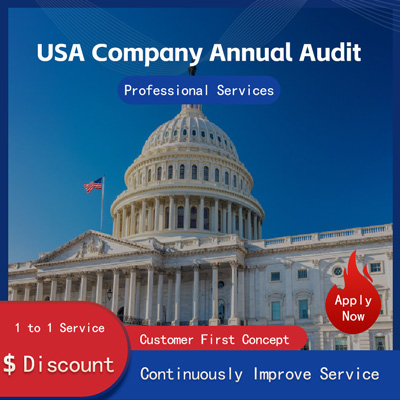

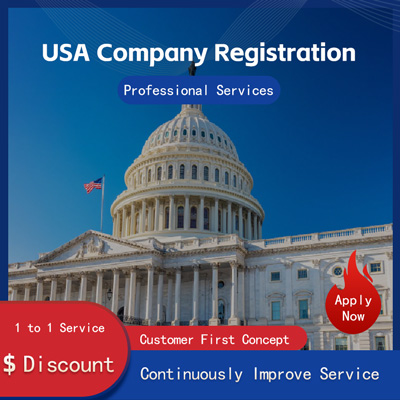

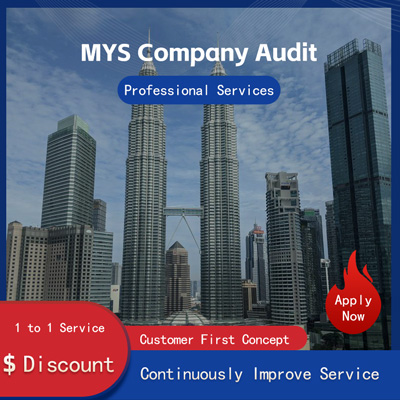
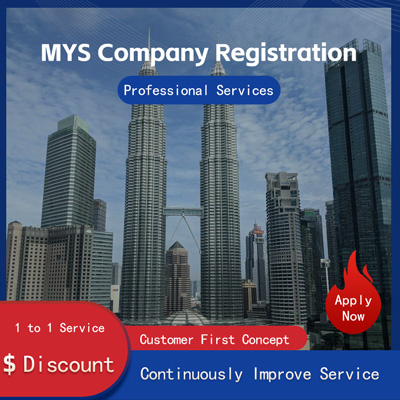

Customer Reviews
Small *** Table
December 12, 2024The experience was very good. I was still struggling to compare it with other companies. I went to the site a few days ago and wanted to implement it as soon as possible. I didn't expect that everything exceeded my expectations. The company is very large, with several hundred square meters. The employees are also dedicated and responsible. There is also a wall of certificates. I placed an order on the spot. It turned out that I did not make a wrong choice. The company's service attitude is very good and professional. The person who contacted me explained various things in detail in advance. After placing the order, the follow-up was also very timely, and they took the initiative to report the progress to me. In short, I am very satisfied and recommend this company!
Lin *** e
December 18, 2024When I first consulted customer service, they recommended an agent to me. They were very professional and patient and provided excellent service. They answered my questions as they came in. This 2-to-1 service model is very thoughtful. I had a lot of questions that I didn’t understand, and it’s not easy to register a company in Hong Kong. Fortunately, I have you.
t *** 7
December 19, 2024I originally thought that they only did mainland business, but I didn’t expect that they had been doing Hong Kong business and were doing very well. After the on-site interview, I decided to ask them to arrange the registration of my Hong Kong company. They helped me complete it very quickly and provided all the necessary information. The efficiency was awesome. It turns out that professional things should be done by professionals.👍
b *** 5
December 16, 2024In order to register a company in Hong Kong, I compared many platforms and stores and finally chose this store. The merchant said that they have been operating offline for more than 10 years and are indeed an old team of corporate services. The efficiency is first-class, and the customer service is also very professional.